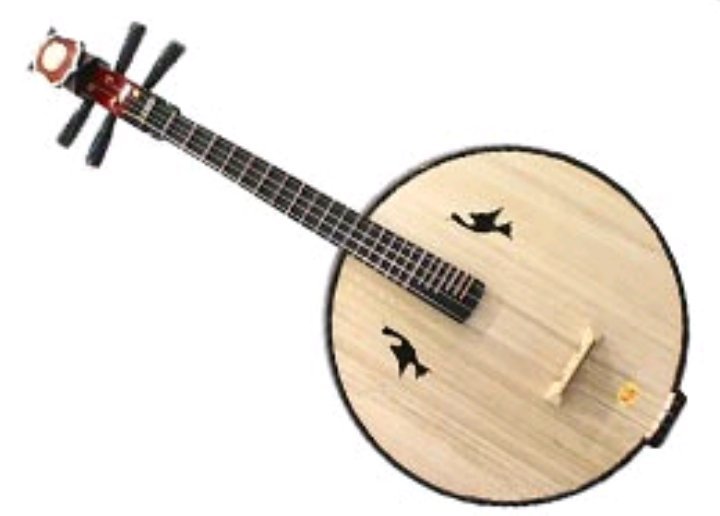

Tensing the string with your left hand allows you to change the tune or sound. The art of pressing the strings and manipulating the bridges with your left hand is called oshide. As you gain confidence, you can add in your index and middle fingers. In the beginning, you will mostly pluck the strings with your thumb. The tone you create will depend on the thickness of your koto picks. Keep your fingers curved gently and pluck the strings with the edges of the finger picks. You will wear the koto picks on your thumb, index, and middle finger. This stand will elevate the music and allow you to see the printed music over the koto.

If you are looking at printed music, it would be wise to use a music stand. Simply bend at the waist without twisting. When playing the string farthest from you, never bow. You will use your right hand and three finger picks to pluck the koto. The position of the musician is just as important for playing style as it is for tradition. There should be a couple of fists lengths between your knees. Make sure your hips and spine remain straight and your upper body is relaxed. You will need to sit down and open your knees to the width of your waist. The koto is traditionally played while sitting on the floor because of its expansive size. Proper Positionīefore learning to play the koto, you must understand the proper position. Learning this instrument requires a concerted effort and time. People want to learn this instrument that is steeped in Japanese tradition. Instruments like the koto are gaining interest all over the world. How Do I Learn to Play the Japanese Koto? This instrument has become a symbol of Japanese culture and is highly prized for its beauty and melodic music. It is important to note that the koto is considered the national instrument of Japan and is still enjoyed today. Artisans use ivory, tortoise shells, ebony, and metal, to create stunning instruments. The koto is an exquisite instrument when it is adorned. In 2002, a female musician named Keiko Nosaka felt too confined by the traditional 13-string koto, so she created different versions, some having 20 strings or even more. He changed the way the koto was played, creating new music that helped this instrument to continue to evolve. One of the biggest influencers of koto music was a musician by the name of Yatsuhashi Kengyo. The koto was used to create romantic music and was a popular instrument among the wealthy class of Japan. The instrument gets its name because koto was a general term for all stringed instruments around the time the guzheng first arrived in Japan. The Japanese koto belongs to a musical instrument family called the zither. The closest ancestor to the koto is the Chinese guzheng, and it was introduced to Japan between the 7 th and 8 th centuries. This tree is also known as the Empress tree, and the wood from these trees is referred to as Kiri. This instrument is made from the beautiful Paulownia tree wood, which is native to Japan. It also is believed to come from the Korean gayageum and the ajaeng. The koto we know and love today is derived from the Chinese zheng and the se. The koto is a Japanese instrument, though it has roots in Chinese and Korean cultures. Is the Koto Chinese, Japanese, or Korean? What Is The Koto Instrument – Conclusion.How Much Does a Koto Instrument Cost? Why Are They So Expensive?.How Do I Learn to Play the Japanese Koto?.Is the Koto Chinese, Japanese, or Korean?.Those who are interested in this unique instrument should continue reading, to learn all there is to know about playing the koto. Musicians use their left hand to suppress the strings and create beautiful music. The finger picks for the koto are very similar to the guitar, but they are worn differently. To play this beautiful instrument, musicians wear finger picks and pluck the strings. This instrument’s face is curved and musicians adjust the pitch by moving the bridges that are placed under the strings. The koto can even be as long as 200 centimeters. This instrument is approximately 160 centimeters long and about twenty centimeters wide. The koto is a sizeable instrument that features thirteen strings. Have you ever wondered, what is the Koto Instrument?


 0 kommentar(er)
0 kommentar(er)
